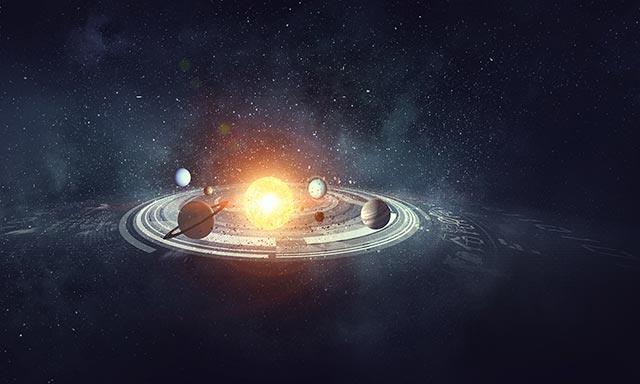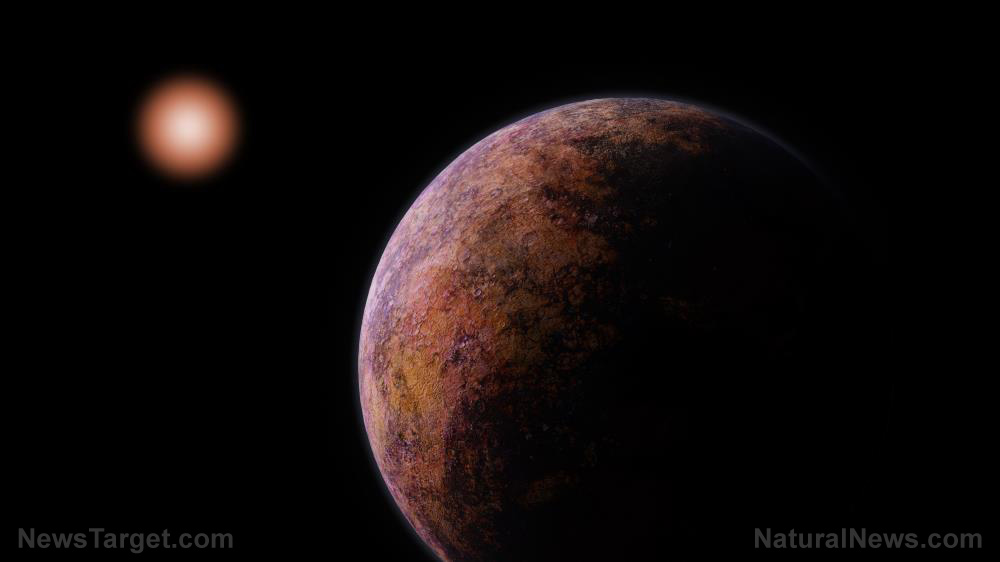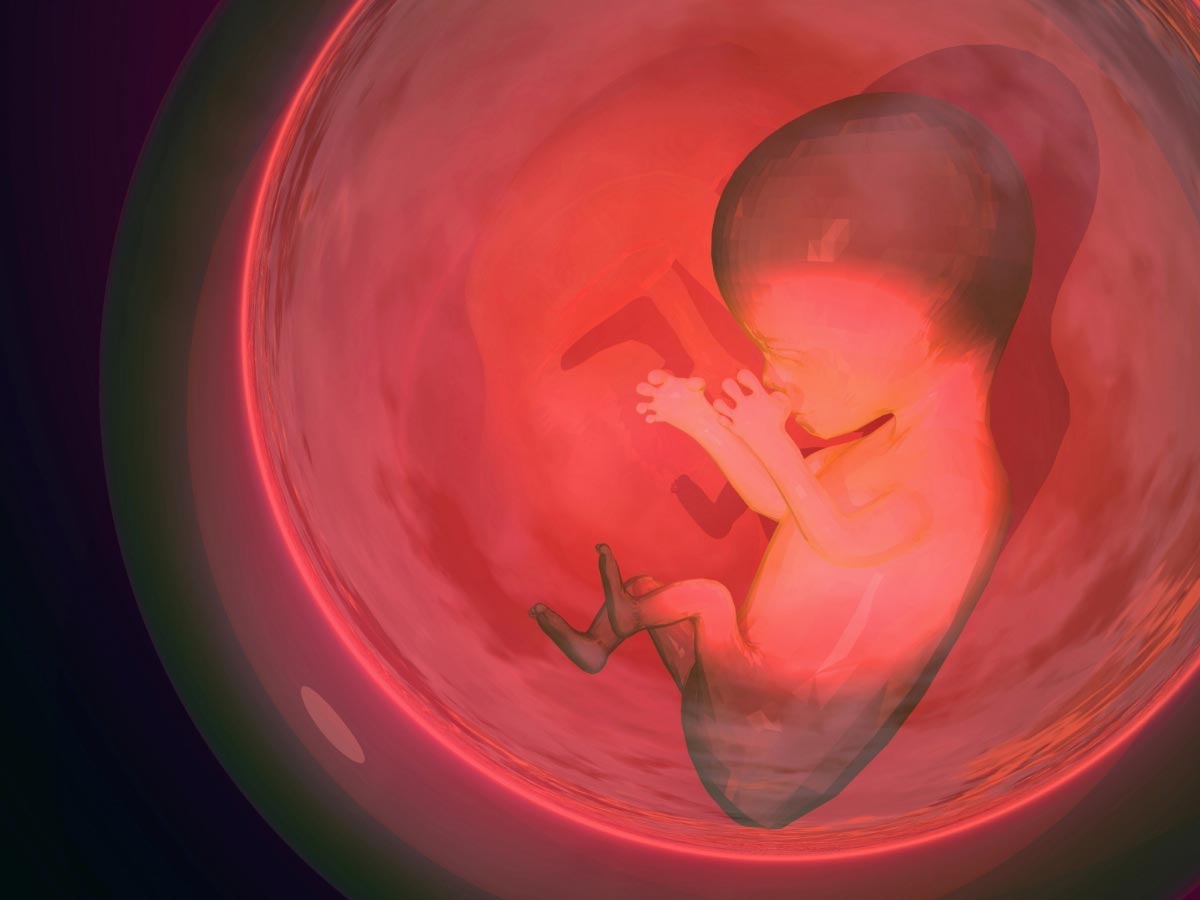Rare meteorites from Mars bring scientists closer to unlocking its secrets
08/18/2020 / By Virgilio Marin

An international team of researchers is trying to unravel the origins of two meteorites that came from Mars – a discovery that may hold the key to unlocking the secrets of the red planet.
Current data and resources are insufficient for researchers to pinpoint the exact source of the meteorites – nakhlites that were separately found in 1931 in Indiana and 2003 in Antarctica. But recent findings narrow down the areas from which the two rocks split.
According to a study published in the journal Science Advances, the meteorites likely came from an area in Mars that was blasted by two separate cosmic impacts that left two adjacent craters.
Rare meteorites came from two adjacent craters on Mars
According to the researchers, the older of the two craters was caused by an impact 630 million years ago while the younger crater was caused by another cosmic impact 11 million years ago.
Previous research showed that the nakhlites were initially volcanic rocks from Mars that crystallized from magma between 1.3 billion to 1.4 billion years ago. Later on, these rocks were sent into space by a cosmic impact about 11 million years ago before they eventually ended up on Earth.
Furthermore, scientists previously studied the veins of crystalline minerals within the nakhlites. An analysis suggested that liquid water chemically reacted with the volcanic rocks about 630 million years ago.
In the current study, the researchers posited that the liquid water was the result of another cosmic impact. The blast melted permafrost below the surface of Mars and sent boiling water to react with minerals within the nakhlites.
To test this theory, the team analyzed deformed microscopic structures within the meteorites using scanning electron-microscope techniques and computational modeling.
Results show that the deformities were primarily caused by shock waves that were generated by a cosmic impact that occurred about 630 million years ago. The blast from 11 million years ago also caused structural deformities but these were only minor. In addition, the microscopic structures exhibited characteristics that are associated with regions that were altered by liquid water, hinting at a common origin for both rocks. (Related: Valleys and channels on Mars reveal evidence of ancient groundwater.)
Taken together, these findings suggest that the nakhlites came from a very specific location on Mars – a site where a cosmic impact 11 million years ago blasted near an ancient crater that was the result of another impact 630 million years ago.
“This really narrows down the possible areas on Mars these rocks could come from,” said first author Luke Daly, a planetary scientist at the University of Glasgow in Scotland.
He added that once they identified the precise origin of the meteorites, available resources such as satellites could provide much of the information that they need for a better understanding of Mars.
“We could use satellites to look at what might have happened at that surface to explain what we see in the meteorites with a much greater level of certainty, making our understanding of Mars just explode,” said Daly.
NASA rover to collect rock samples on Mars
Earlier in July, the National Aeronautics and Space Administration (NASA) launched the Perseverance rover into space as part of the Mars 2020 mission.
The rover will bring with it a specialized drill that will collect rock and soil samples during its mission on Mars. If everything goes according to plan, the samples will be retrieved by a future mission planned for 2031. If successful, this will be the first time that material from Mars will be brought back to Earth for analysis.
Learn more about future NASA missions at Space.news.
Sources include:
Tagged Under: breakthrough, cosmic impact, discovery, geology, impact, Mars, meteorites, NASA, NASA Perseverance, research, Space, space exploration, Space Mission, water on Mars
RECENT NEWS & ARTICLES
COPYRIGHT © 2017 FUTURE SCIENCE NEWS




















